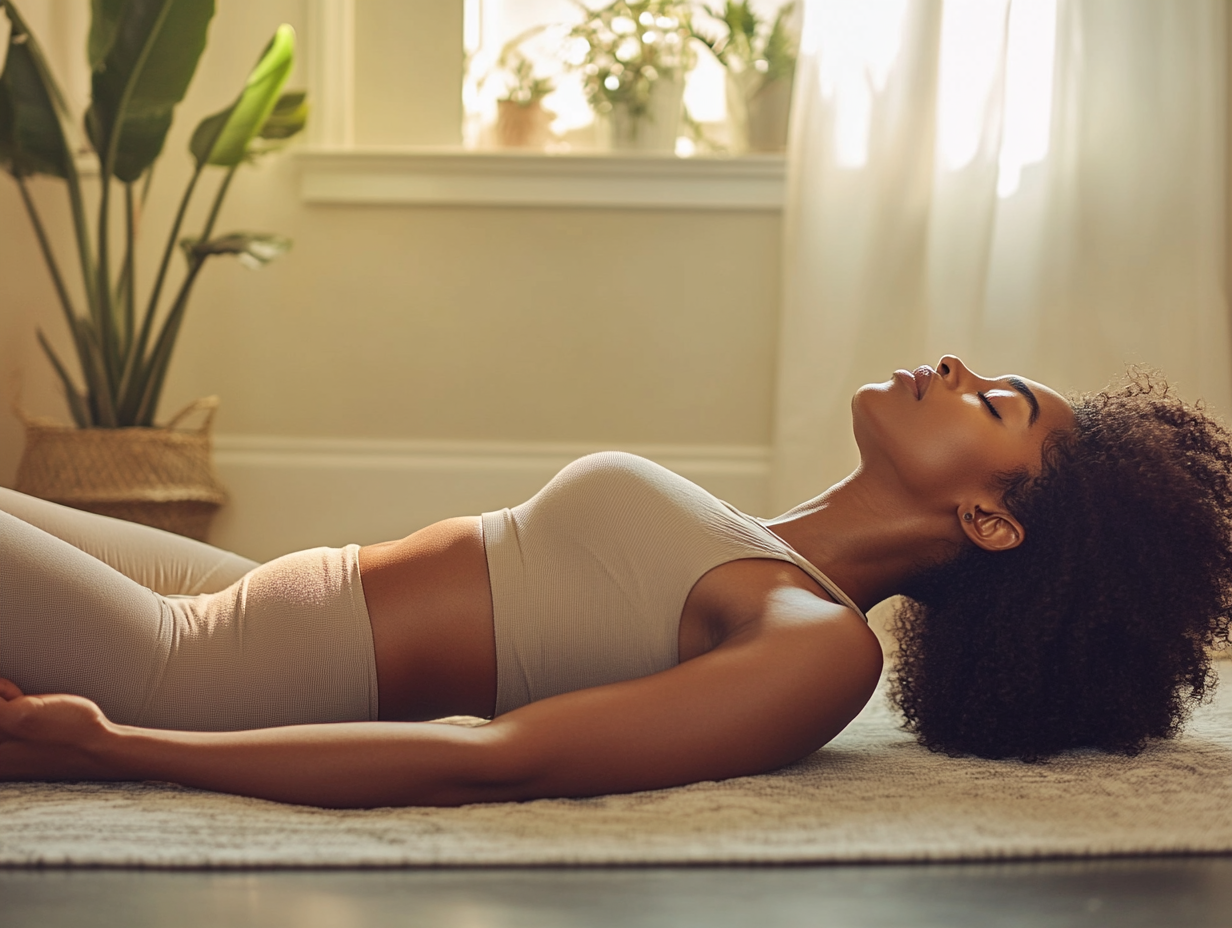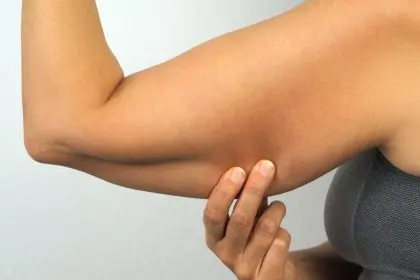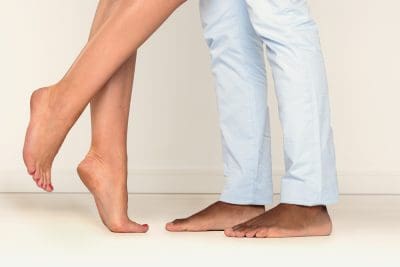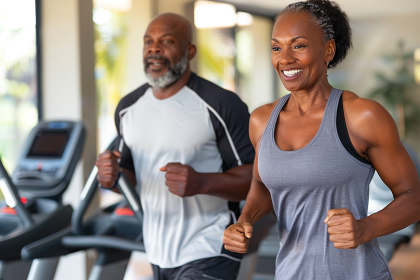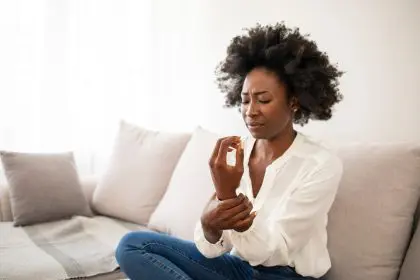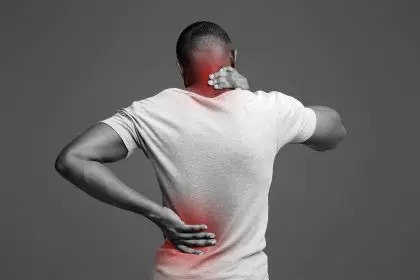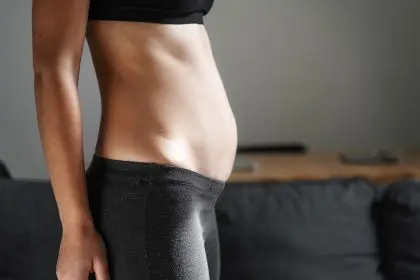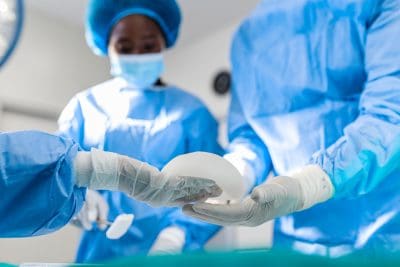The contemporary fitness landscape continues to evolve, with wall Pilates emerging as a groundbreaking approach to physical conditioning that challenges traditional exercise methodologies. This innovative practice represents a sophisticated intersection of biomechanical principles, movement science, and accessible fitness strategies.
Physiological Foundations of Wall Pilates
Wall Pilates is a specialized form of Pilates that incorporates the use of a wall for support, stability, and resistance, enhancing the body’s alignment and engaging muscles in precise, controlled movements. The physiological foundations of Wall Pilates involve several critical dimensions that contribute to its effectiveness in improving strength, flexibility, balance, and coordination. Below is an analysis of these key components:
1. Biomechanical Alignment Strategies
- Alignment Precision: Wall Pilates places a significant emphasis on maintaining optimal body alignment during exercises. The wall provides a stable surface to support proper posture, ensuring that movements are performed with correct posture and joint positioning. For instance, when performing exercises like wall squats or wall push-ups, the wall helps maintain alignment, preventing compensatory movements that might lead to strain or injury. Proper alignment enhances muscle engagement and ensures that the body is moving efficiently.
- Spinal and Pelvic Alignment: Maintaining a neutral spine and pelvic positioning is crucial. The wall offers tactile feedback that assists in achieving a correct pelvic tilt and preventing excessive arching or rounding of the back. This is especially important for exercises that focus on core engagement, like the “wall roll-up” or “wall bridge,” where spinal articulation is key.
2. Muscular Engagement Mechanisms
- Targeted Muscle Activation: Wall Pilates targets specific muscle groups by using the wall for resistance and support. For example, wall squats activate the quadriceps, hamstrings, and glutes, while wall push-ups focus on the chest, shoulders, and triceps. The wall facilitates a controlled environment where the muscles are effectively engaged through both concentric and eccentric contractions, helping build strength and muscle endurance.
- Core Activation: The core plays a central role, with many exercises requiring strong abdominal and back muscles for stabilization. The wall assists by providing leverage during core-focused movements like wall planks or wall sits, ensuring that the core remains engaged and stabilizing the body throughout the exercise.
3. Gravitational Resistance Techniques
- Leveraging Gravity: It uses gravity as a natural resistance force to enhance the workout. For example, in exercises such as wall lunges or wall leg lifts, gravity acts against the body’s movements, challenging muscles to work harder. The wall also offers a safe surface to control the intensity and ensure proper resistance during these movements. Adjusting the body’s angle to the wall can increase or decrease gravitational resistance, making exercises either easier or more challenging based on an individual’s fitness level.
- Modified Resistance: By adjusting the angle of the body in relation to the wall, individuals can modify the level of resistance in an exercise. For instance, performing wall push-ups with the hands higher on the wall increases the resistance on the upper body, while lowering the hands closer to the ground reduces it. This flexibility in resistance allows for gradual progress in strength-building.
4. Neuromotor Control Systems
- Coordination and Motor Learning: Wall Pilates enhances neuromotor control by improving the brain’s ability to coordinate movement. The wall serves as an external feedback mechanism that helps individuals learn to execute precise movements with greater awareness of body positioning and muscle activation. Exercises like wall slides or wall squats promote coordination between different muscle groups, improving the overall efficiency of movement.
- Balance and Stability: Wall Pilates requires the practitioner to engage the neuromuscular system to maintain balance, particularly in exercises that involve single-leg or asymmetrical movements. The wall offers support for maintaining stability, but it also challenges the body to strengthen the proprioceptive system, as balance exercises like wall leg lifts or wall standing balance postures require constant muscle engagement to hold position.
5. Proprioceptive Enhancement Protocols
- Body Awareness: Proprioception refers to the body’s ability to sense its position in space. Wall Pilates enhances proprioception by encouraging individuals to maintain awareness of their body’s alignment and muscle engagement throughout the exercises. The wall provides proprioceptive feedback, allowing for better adjustment of movement patterns and alignment. For instance, when performing movements like wall stretches or wall squats, the wall gives immediate feedback about posture and alignment, helping individuals refine their technique and improve their overall movement awareness.
- Balance and Control: Many Wall Pilates exercises involve movements that challenge balance and stability. These exercises not only build strength but also help improve control over movement, making them particularly effective for enhancing proprioception. Exercises like wall bridges or standing balance poses require individuals to activate deep stabilizing muscles and fine-tune their coordination, improving overall motor control and functional movement.
The physiological foundations of Wall Pilates involve a multi-dimensional approach that integrates biomechanical alignment, muscular engagement, gravitational resistance, neuromotor control, and proprioceptive enhancement. By leveraging the support of the wall, individuals can perform exercises that target specific muscles, improve balance and stability, and foster greater body awareness, all while minimizing the risk of injury. Wall Pilates is a versatile method that enhances strength, flexibility, coordination, and overall movement efficiency.
Advanced Movement Mechanics
Advanced movement mechanics delve into sophisticated physiological interactions that enhance movement efficiency, build strength, and improve overall functional performance. These techniques focus on optimizing structural engagement and activating muscle groups through coordinated exercises. Here’s a detailed breakdown of the key components:
1. Structural Engagement Techniques
- Wall-Supported Resistance Protocols:
- This technique utilizes the wall as a stable surface to perform resistance exercises. For example, wall sits or wall push-ups create controlled resistance and target specific muscle groups. The support of the wall minimizes the risk of injury by offering balance and stability, making it particularly beneficial for beginners or individuals looking to focus on specific areas without overloading the body.
- Gravitational Load Management:
- This involves leveraging the body’s weight and gravity to create resistance for strengthening muscles. Common exercises include bodyweight squats, lunges, or planks, where gravity acts as the primary source of resistance. Proper management of gravitational load ensures optimal form and reduces stress on joints, enabling effective muscle development and improving overall movement efficiency.
- Postural Stabilization Mechanisms:
- Techniques that emphasize maintaining proper posture during movement. Postural stabilization exercises, like planks or standing balance exercises, target the core muscles to improve stability, spinal alignment, and overall posture. Proper postural mechanics prevent unnecessary strain on the body and improve movement quality by ensuring muscles are aligned and activated correctly during physical activity.
2. Muscular Activation Strategies
- Targeted Muscle Group Engagement:
- This strategy focuses on isolating specific muscle groups during an exercise. For example, exercises like bicep curls or leg extensions are designed to target specific muscles for strength building. Targeted engagement allows for more focused muscle development and is often used in rehabilitation or strength training programs to improve muscle imbalance or weakness.
- Comprehensive Movement Integration:
- Instead of isolating muscle groups, comprehensive movement integration involves compound movements that engage multiple muscle groups simultaneously. For instance, exercises like squats, deadlifts, and push-ups engage the legs, core, and upper body all at once. This integration improves overall functional strength and movement efficiency, making the body more adaptable to real-world physical tasks and sports.
- Neuromuscular Coordination Development:
- This strategy focuses on improving the communication between the brain and muscles, enhancing the body’s ability to execute smooth, efficient movements. Neuromuscular coordination exercises might include balance training (e.g., standing on one leg), agility drills, or exercises that require a combination of strength and balance, such as kettlebell swings. The goal is to enhance motor control, reduce the risk of injury, and improve athletic performance.
Comprehensive Exercise Methodology
A comprehensive exercise methodology incorporates intricate movement exploration to ensure that exercise is not only effective but also safe and sustainable. By integrating biomechanical considerations and performance enhancement approaches, individuals can optimize their movement patterns, minimize injury risks, and enhance overall physical performance. Here’s an in-depth look at these components:
1. Biomechanical Considerations
- Alignment Precision Techniques:
- Alignment precision refers to ensuring that the body’s posture and form are correct during exercise to maximize efficiency and reduce the risk of injury. Proper alignment involves positioning joints and muscles in optimal alignment relative to one another during a movement. For example, when performing squats, keeping the knees in line with the toes and maintaining a neutral spine ensures that forces are distributed evenly across the body, reducing undue stress on joints and muscles.
- Resistance Modification Strategies:
- Resistance modification involves adjusting the intensity or type of resistance used in exercise to match an individual’s goals, fitness level, or physical limitations. This can be done by increasing or decreasing weight, using resistance bands, or altering the tempo or duration of a movement. For example, modifying resistance in exercises like deadlifts or squats allows for progressive overload, which helps build muscle strength over time. Resistance modification also plays a critical role in accommodating individuals with injury recovery needs, where less weight or bodyweight exercises might be substituted for traditional resistance training.
- Movement Efficiency Optimization:
- This involves refining the way the body moves to minimize wasted energy and maximize the effectiveness of an exercise. By focusing on efficiency, individuals can improve the overall outcome of their workouts. For example, in running, optimizing the stride length, arm swing, and foot placement can lead to a more efficient running style, reducing energy expenditure and improving endurance. In weightlifting, ensuring controlled movement and maintaining proper posture can lead to better use of strength and prevent injuries.
2. Performance Enhancement Approaches
- Controlled Movement Progressions:
- Controlled movement progressions involve gradually increasing the complexity or intensity of an exercise to allow the body to adapt and grow stronger over time. For example, beginners might start with bodyweight squats before advancing to weighted squats, then to more complex movements like front squats or overhead squats. This method ensures that strength, flexibility, and endurance improve in a controlled manner while avoiding injury due to sudden intensity increases.
- Adaptive Resistance Protocols:
- Adaptive resistance protocols involve modifying resistance throughout the movement to match the body’s ability at different points in the exercise. For example, during a bicep curl, the resistance can be adjusted at the top of the movement to challenge the muscle at the peak contraction, while using lighter weights during the lower part of the curl to promote controlled muscle elongation. These protocols help improve strength through the full range of motion and ensure that muscles are consistently challenged.
- Systematic Muscle Engagement Techniques:
- This approach involves strategically targeting different muscle groups throughout an exercise routine to ensure balanced development. For example, in a full-body workout, exercises are planned to engage the upper body, lower body, and core in a structured manner. It can also include techniques like “muscle activation” prior to larger movements (e.g., glute bridges or banded lateral walks to activate the glutes before squats or deadlifts) to ensure that muscles are effectively engaged during more complex movements.
Conclusion
Wall Pilates represents a sophisticated approach to physical conditioning that transcends traditional exercise methodologies. By embracing comprehensive, integrated approaches that recognize the complex interactions between biomechanical systems, psychological experiences, and movement technologies, individuals can unlock unprecedented potential for physical and mental transformation.
The future of fitness lies in sophisticated, personalized approaches that prioritize individual experience, scientific innovation, and holistic movement strategies.

